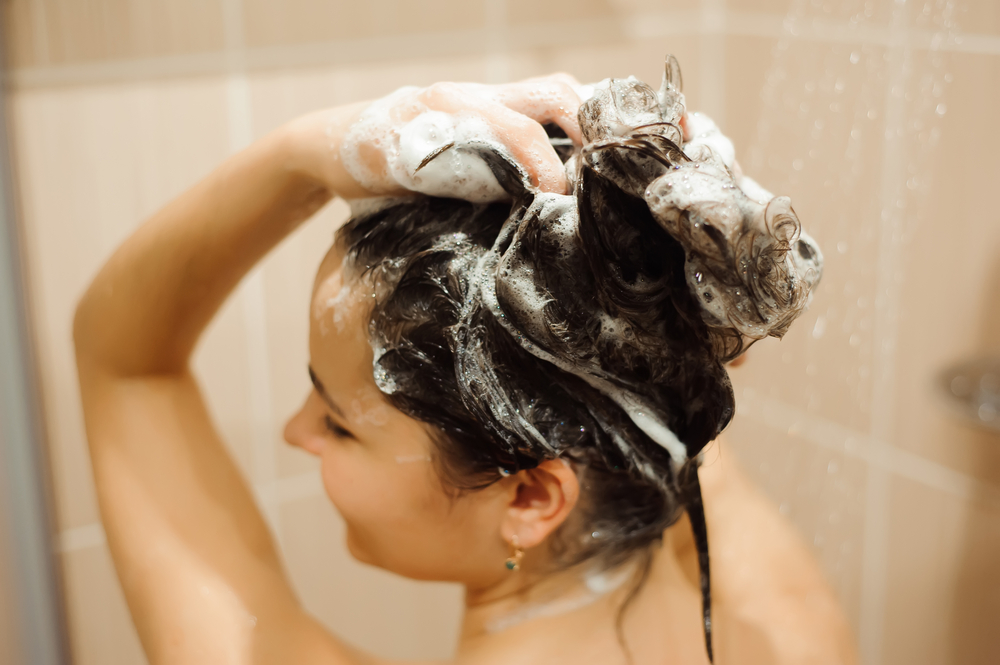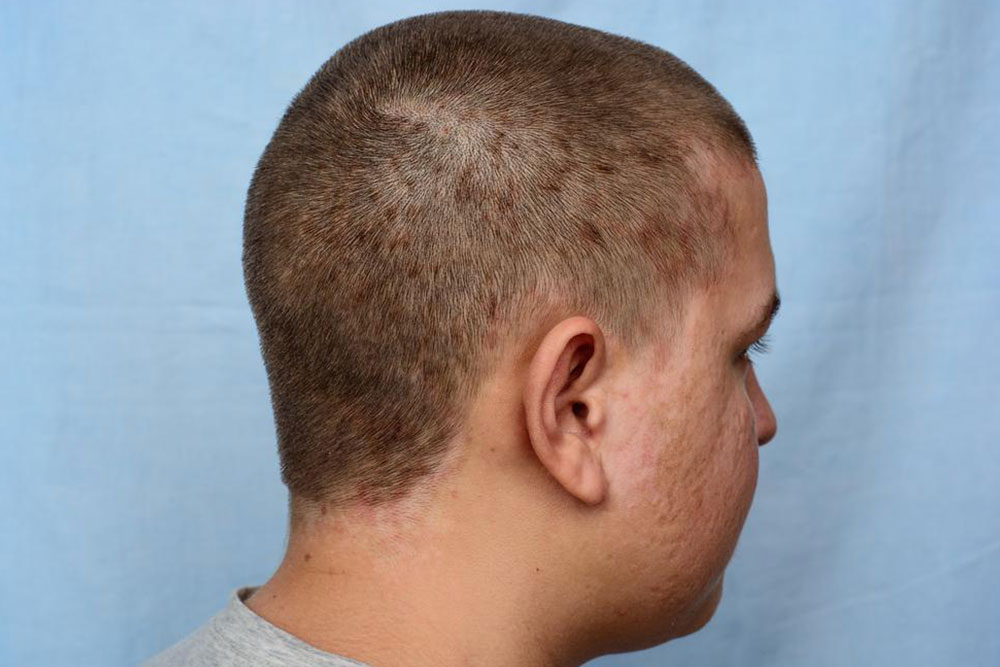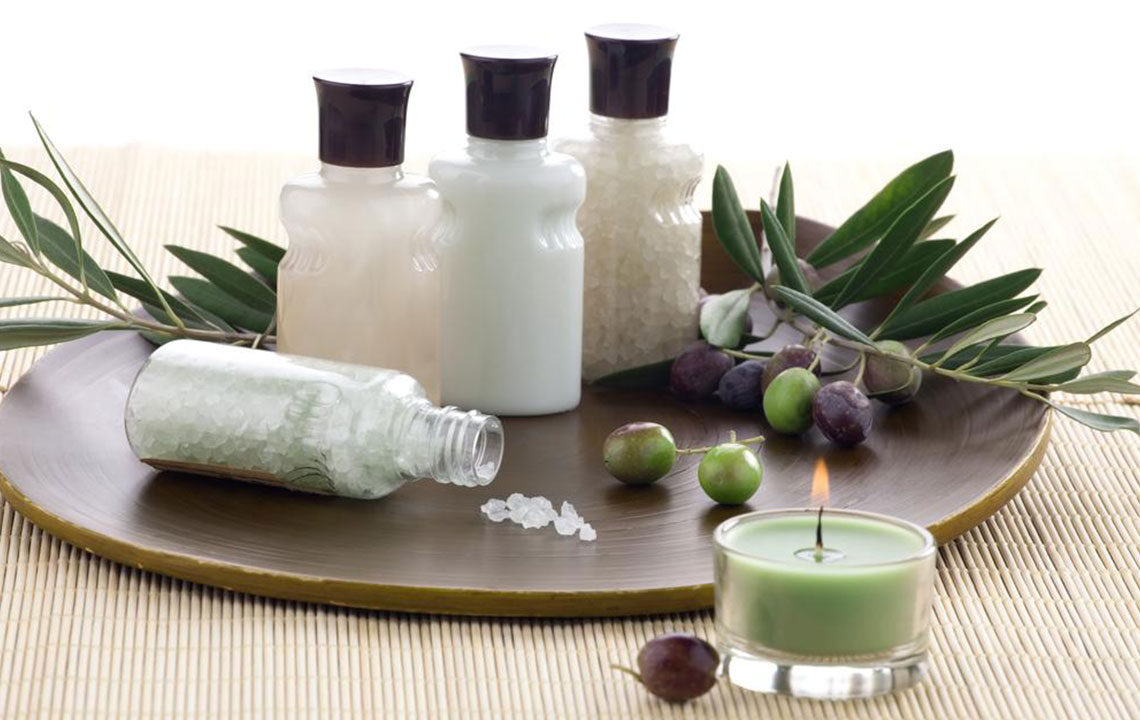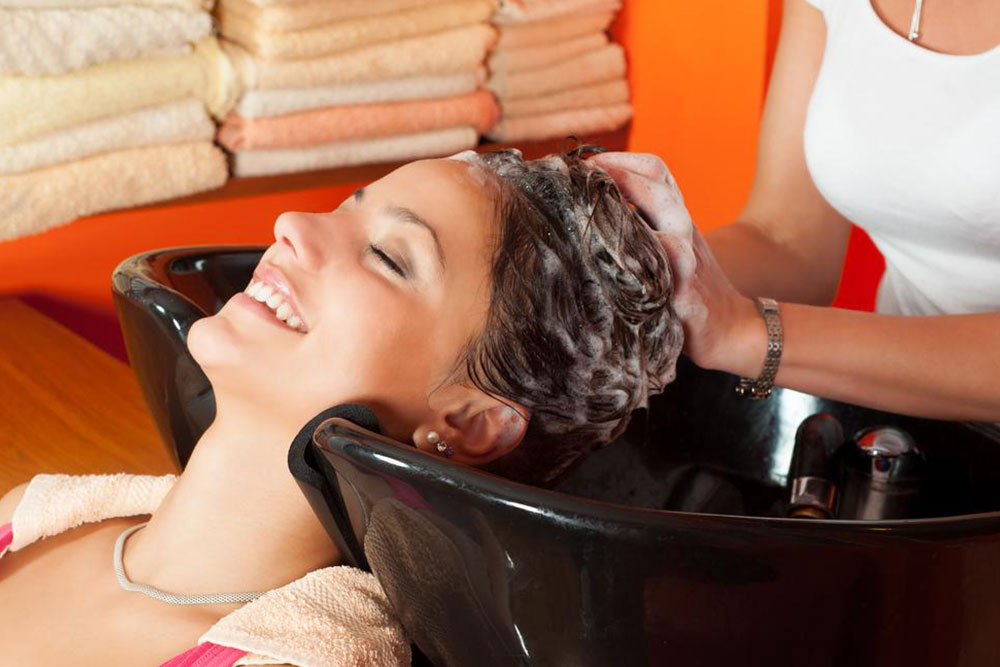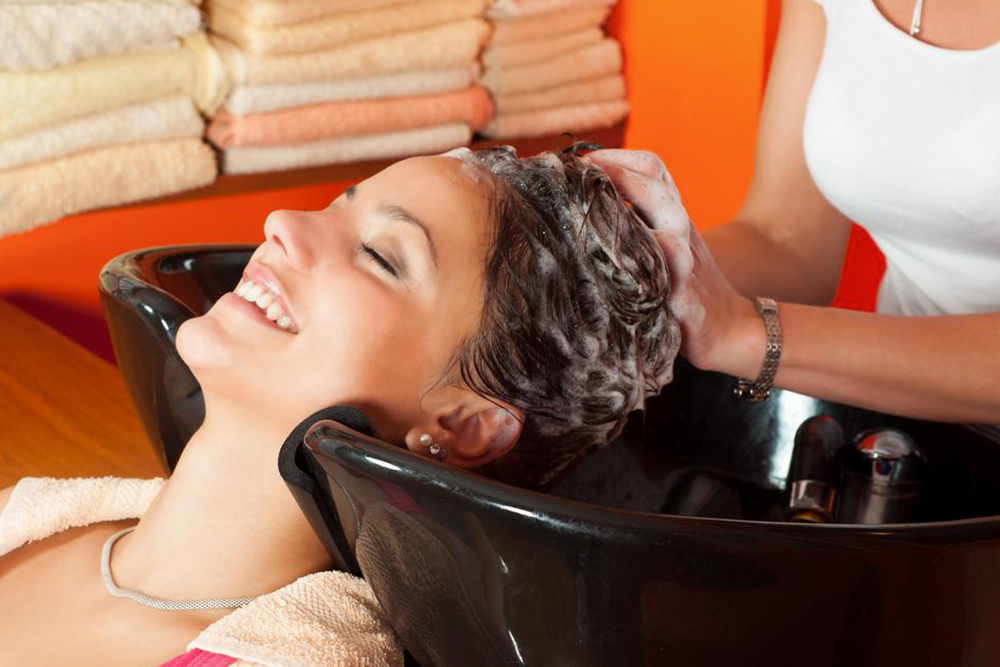Comprehensive Guide to Effective Shampoo Treatments for Seborrheic Dermatitis Management
Seborrheic dermatitis can be effectively managed with medicated shampoos containing ingredients like ketoconazole, coal tar, selenium sulfide, and zinc pyrithione. Proper application and consistent use are essential for controlling symptoms such as dandruff, flaking, and scalp irritation. For mild cases, OTC options often suffice, while severe cases may require prescription formulations. Combining medication with lifestyle adjustments can enhance long-term management. This comprehensive guide explores various shampoo choices and tips to maintain scalp health and reduce flare-ups, helping individuals achieve clearer, healthier skin.
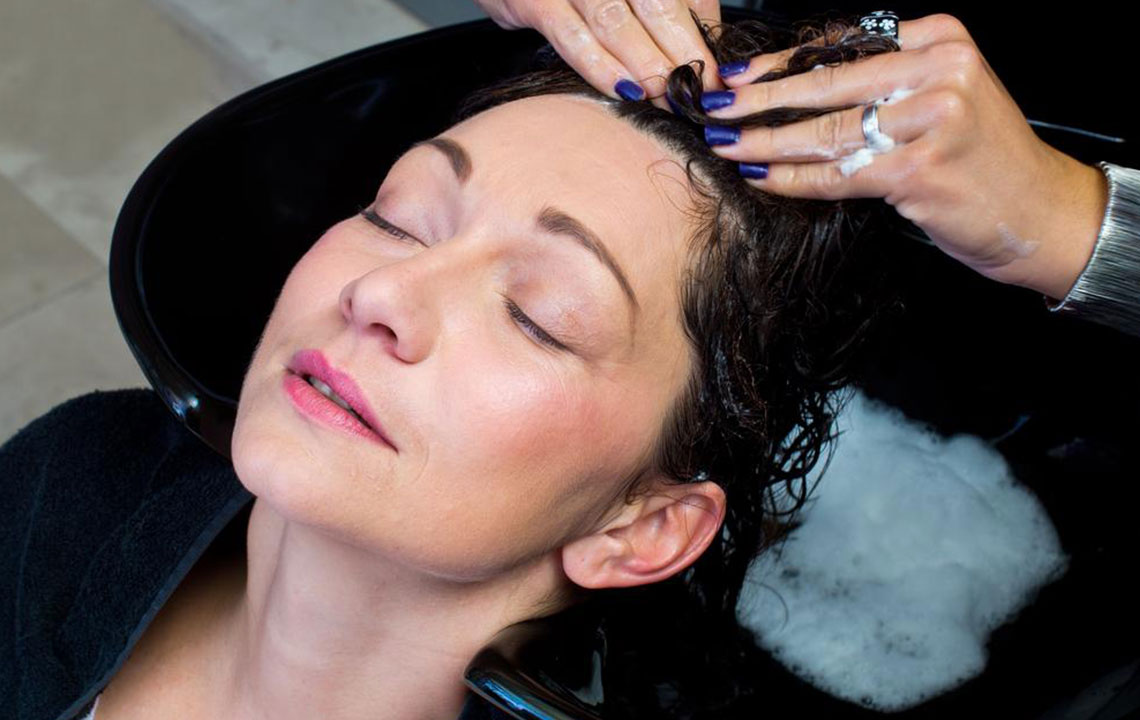
Comprehensive Guide to Effective Shampoo Treatments for Seborrheic Dermatitis Management
Seborrheic dermatitis, a common yet often misunderstood skin condition, primarily impacts regions rich in sebaceous (oil-producing) glands, such as the scalp, face, and upper torso. Its hallmark symptoms include persistent dandruff, flaking, scalp irritation, and sometimes redness and inflammation. While it is not contagious, the condition can significantly affect a person's quality of life due to discomfort and aesthetic concerns. Understanding the causes, triggers, and effective treatment options is crucial for proper management and relief.
This skin condition is characterized by an overgrowth of yeast called Malassezia, which naturally resides on the skin but can proliferate under certain conditions. These conditions include hormonal fluctuations, stress, cold weather, genetic predisposition, and the use of specific medications that impact skin health. Additionally, factors such as greasy hair, poor hygiene, and environmental triggers can exacerbate the condition, leading to persistent symptoms that can be challenging to control.
One of the mainstays of treating seborrheic dermatitis involves the regular use of medicated shampoos specially formulated to reduce yeast overgrowth, soothe inflammation, and mitigate flaking. These shampoos contain active ingredients designed to target the underlying fungal proliferation while also addressing the symptoms. When used correctly — following instructions regarding application duration and frequency — they can provide significant relief and control over the condition.
Effective management of seborrheic dermatitis often requires a combination of treatments and lifestyle adjustments. In mild cases, over-the-counter (OTC) medicated shampoos may suffice, but more stubborn or severe cases typically demand prescription-strength formulations. Alternating between different medicated shampoos can help prevent the yeast from developing resistance, ensuring continued effectiveness over time.
These shampoos primarily work by inhibiting the growth of Malassezia yeast and reducing inflammation, flaking, and scalp irritation. It is essential to apply these products correctly – leaving them on the scalp for the designated period, usually 3 to 5 minutes, before rinsing thoroughly. Consistent use over weeks or months often results in symptom reduction and improved scalp health.
Key Active Ingredients in Seborrheic Dermatitis Shampoos
The active ingredients in medicated shampoos target fungal growth or exfoliate dead skin cells, making them critical in controlling seborrheic dermatitis symptoms. Some of the most effective ingredients include:
Ketoconazole: A potent antifungal agent that effectively kills Malassezia yeast. It's widely used in prescription shampoos like Nizoral and helps reduce both fungal proliferation and scalp inflammation.
Coal Tar: An ancient remedy that slows down skin cell turnover and reduces inflammation. Brands like Neutrogena T/Gel use coal tar for its keratoplastic effects, although it can sometimes have a strong odor and staining properties.
Selenium Sulfide: This ingredient, found in shampoos like Selsun Blue, helps control dandruff and inhibits yeast activity. However, caution is advised, as overuse may lead to side effects or sensitivity.
Zinc Pyrithione: An antifungal and antibacterial agent present in shampoos such as Head & Shoulders, providing quick relief from itching and irritation by controlling yeast growth.
Salicylic Acid: Known for its keratolytic properties, salicylic acid aids in gentle exfoliation, removing flaky scales and reducing build-up on the scalp.
Popular Medicinal Shampoo Choices and Their Uses
Here are some widely used shampoo options, each with specific features to address various severities of seborrheic dermatitis:
Head & Shoulders with Pyrithione Zinc
One of the most accessible OTC options, this shampoo contains zinc pyrithione, which acts quickly to reduce itchiness, inflammation, and fungal load, making it suitable for ongoing maintenance and mild to moderate cases.
Neutrogena T/Gel
This shampoo includes coal tar, which helps slow down skin cell growth and relieves scalp inflammation. Despite its effective results, users should be aware of its distinctive smell and potential staining.
Nizoral Anti-dandruff Shampoo
One of the most recommended prescription-strength shampoos, Nizoral contains ketoconazole, which is highly effective at eliminating fungal infections. It is advised to use 2-3 times per week for best results, especially in severe cases.
Selsun Blue
With selenium sulfide as its main active, this shampoo helps control dandruff and yeast proliferation. However, overuse can lead to skin irritation or toxicity, so it is important to follow the recommended usage guidelines.
Neutrogena T/Sal
Formulated with salicylic acid, this shampoo is ideal for mild dandruff, providing gentle exfoliation and relief from flaky scalp. It is typically used once to twice weekly.
Jason Natural Dandruff Relief
This natural option combines sulfur and salicylic acid to fight fungus and dead skin. It has a distinctive odor but is appreciated for its prolonged effects and natural formulation.
Long-term Management and Lifestyle Tips
While medicated shampoos significantly improve seborrheic dermatitis symptoms, a comprehensive approach involves additional lifestyle modifications. These include maintaining scalp hygiene, reducing stress, managing diet, and avoiding environmental triggers like harsh weather or pollution.
For some individuals, using moisturizing conditioners and avoiding excessive the use of styling products can further protect the scalp. In persistent cases, consulting a dermatologist is recommended to develop a personalized treatment plan that may include topical steroids, antifungal creams, or other therapies.
It's important to monitor your scalp's response to treatments and adjust accordingly. Consistency and patience are key, as improvement can take several weeks to months. With proper management, most people can keep seborrheic dermatitis under control and enjoy healthier, itch-free scalp and skin.
CD